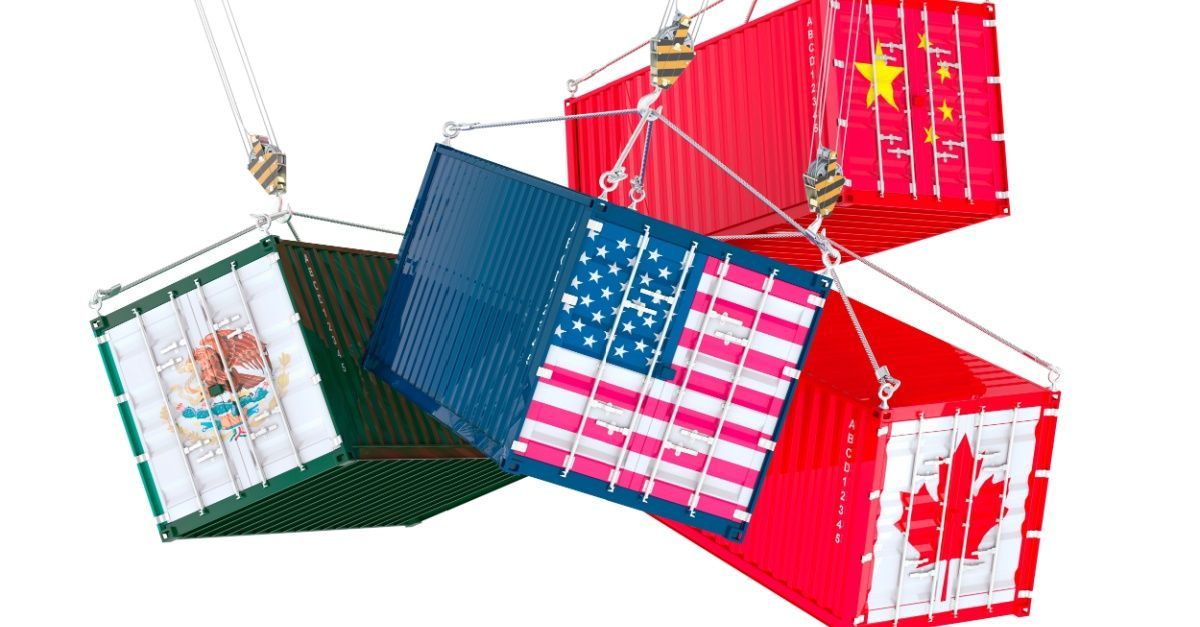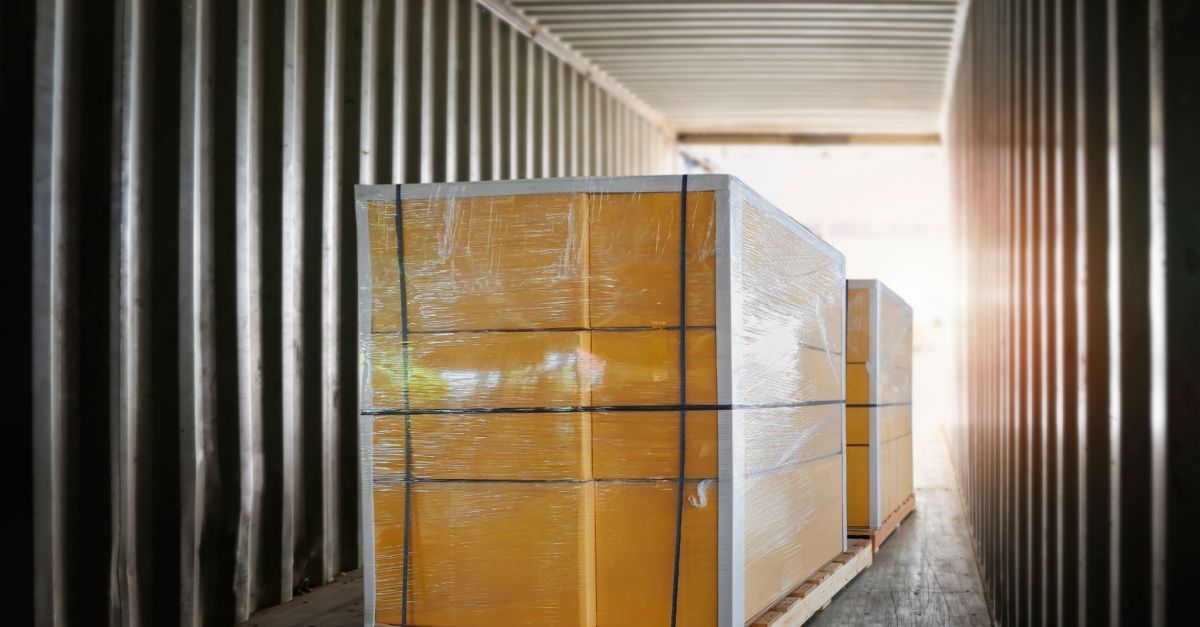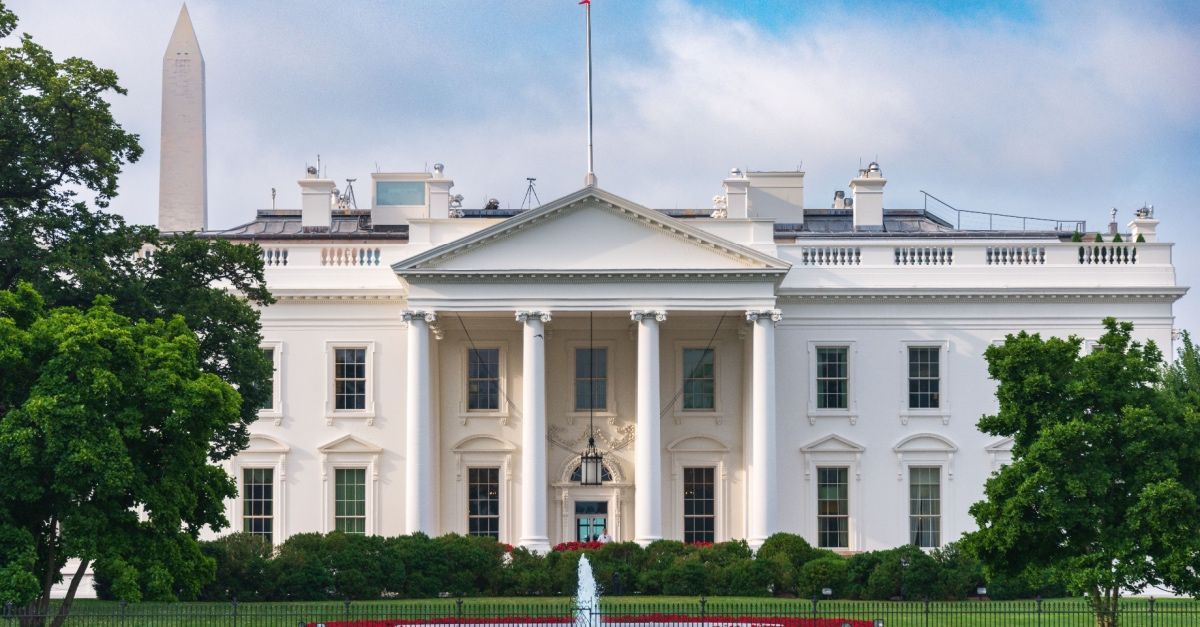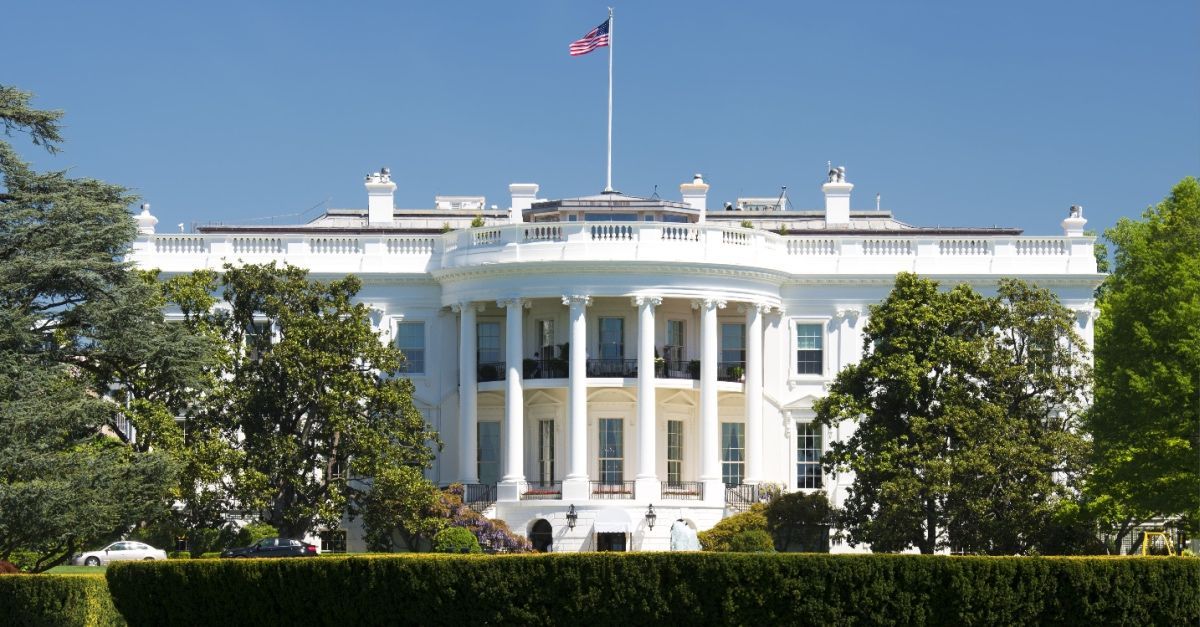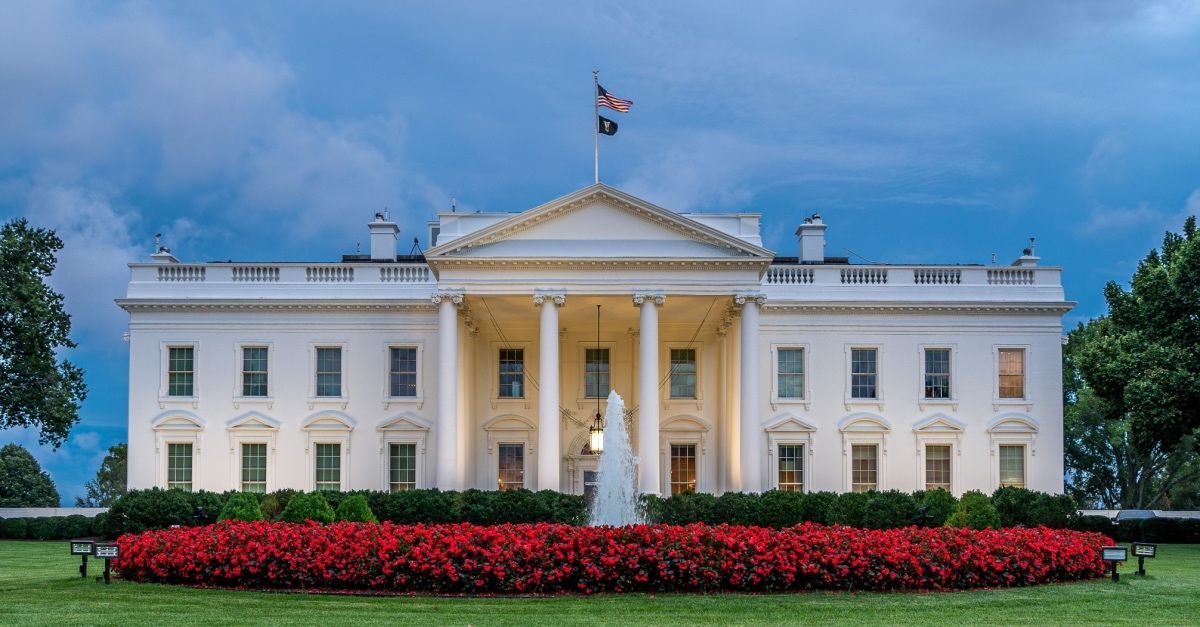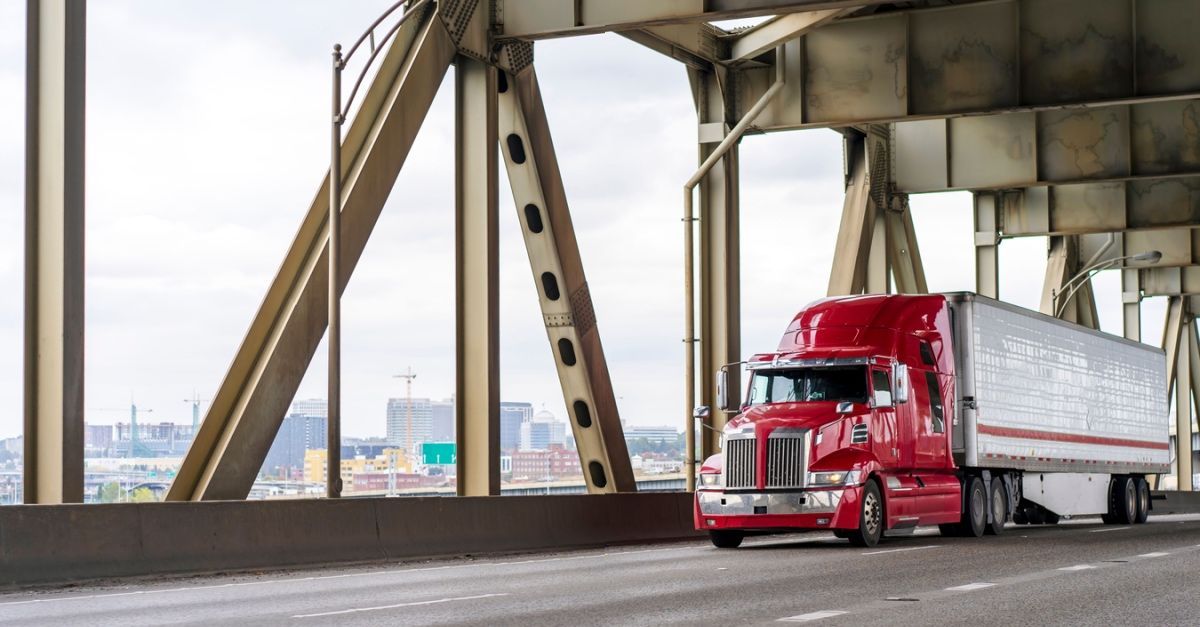Tariff Pressure Mounts as Trade Shifts and Rates Teeter
Blog Post CTA
The U.S.-China trade dispute intensified when China raised tariffs on American goods to 125%, up from 84%, effectively shuttering much of the commercial viability of U.S. exports to China. The retaliatory move came just hours after President Trump ratcheted up duties on Chinese imports to an unprecedented 145%, despite temporarily pausing higher tariffs for most other trade partners.
China, already subject to prior hikes, saw its rate rise in stages
from 104% to 125% and then to 145%. In response, China’s Ministry of Finance stated it would refrain from further retaliatory hikes, citing the current tariffs as having already rendered U.S. exports uncompetitive.
This escalation has hit U.S. agricultural exporters particularly hard. China, the third-largest U.S. trade partner in 2024, with $582 billion in bilateral trade, remains a major buyer of U.S. soybeans, corn, beef, and cotton. Last year alone, it imported $27.5 billion in U.S. agricultural products. “The continued escalation … is concerning,” said American Soybean Association President Caleb Ragland.
Tariff Surge Lifts Container Rates Briefly
President Trump’s sweeping tariff escalation, imposing minimum duties of 10% and up to 145% on Chinese exports, has jolted global markets, albeit briefly triggering a scramble across supply chains and pushing container rates upward.
Freightos reports that spot rates on Asia-U.S. lanes surged in early April:
- Asia-U.S. West Coast: Up 3% to $2,246 per FEU.
- Asia-U.S. East Coast: Up 5% to $3,541 per FEU.
The spike was driven by shippers rushing to beat the tariff deadline, opting for full containers, LCL shipments, and even airfreight to circumvent costlier future imports. But this momentum is not expected to last. A dramatic pullback in demand is forecast for the second half of the year as inventories peak, costs rise, and uncertainty mounts.
Tariff Turbulence Throttles Importers’ Strategies
The U.S. container logistics industry is caught in a crossfire of unpredictable tariff policies, as sudden changes are increasingly becoming more disruptive than the tariffs themselves. The recent reintroduction of aggressive trade measures under the Trump administration has reignited market uncertainty, reviving policy volatility in a magnitude not seen since his first term.
Three forces are driving the disruption:
- Tariff volatility
- Tariff magnitude
- Tariff anticipation
Importers are front-loading cargo due to tariff fears, and while this behavior is hard to quantify, anecdotal evidence suggests it has accelerated short-term import spikes.
The current 145% tariff on China and 10% on other countries translates to an estimated $5,000 annual increase in expenses for the average U.S. household.
Tariffs on countries like Vietnam and Thailand were imposed, then paused just 12 hours later for 90 days — echoing past moves with Mexico and Canada. This whiplash effect erodes supply chain planning cycles structured around quarterly and annual horizons. Overall, the long-standing goal of reshoring has again proven elusive.
As analyst Lars Jensen points out, previous tariff attempts only shifted production — not to the U.S., but to countries like Mexico, which are still deeply tied to Asian supply chains.
Port of LA Posts Strong Q1 But H2 Clouded
The Port of Los Angeles posted solid cargo gains in March, but port leadership is already bracing for a slowdown in the second half of the year, as front-loading and trade uncertainty distort import patterns.
March volumes reached 778,406 TEUs, a 4.7% increase year over year, contributing to a strong first-quarter total of 2.5 million TEUs, up 5.2% from the same period in 2024.
Loaded imports grew 1.6% to 385,531 TEUs, but exports dropped sharply by 15%, down to 122,975 TEUs.
Meanwhile, empty containers surged 23% to nearly 270,000 TEUs, a signal of imbalanced flows. Port Executive Director Gene Seroka noted this marks the 18th month of growth out of the past 20, driven largely by early seasonal imports for spring and back-to-school merchandise. However, he also flagged a likely retreat in volumes beginning midyear.
“Many importers have already brought their goods in early,” Seroka said. “And with tariffs and counter tariffs dominating the news, I expect we’ll see cargo decline in the second half of the year by at least 10% compared to 2024.”
US Shipbuilding Push Faces Feasibility, Cost Hurdles
A new executive order aims to boost U.S. competitiveness in global shipping, but proposed measures like a $1.5 million fee on China-built vessels and a mandate to carry 15% of exports on U.S.-built ships are sparking concern.
China currently builds more than half of the world’s ships,
while the U.S. produces less than 1%. Industry leaders warn that the U.S. lacks the fleet and shipyard capacity to meet proposed targets. Trade groups caution that the rules could disrupt exports and strain supply chains if finalized without adjustments.
FedEx, UPS Reintroduce China Surcharges
FedEx and UPS are reapplying surcharges on shipments from China to the U.S. as shippers rush to front-load goods ahead of rising tariffs and looming regulatory changes. Starting May 2, the U.S. will eliminate the de minimis exemption — previously allowing duty-free entry for shipments under $800 — for goods originating from China and Hong Kong.
FedEx will begin charging a
disbursement fee of $4.50 or 2% of duty and tax (whichever is higher) on qualifying shipments, while duty and tax forwarding fees for third-party billing setups will rise to $8.50 or 2%.
These changes affect international package and express freight services but won’t alter shipment fees above the $800 threshold. The policy shift is expected to hit direct-to-consumer e-commerce shipments hardest, especially from Asia. However, FedEx says it is operationally prepared. “We feel very ready to execute the necessary change,” said Chief Customer Officer Brie Carere.
US Reshoring Plans Falter
Trump’s tariff policy is triggering supply chain recalibrations, but not in the reshoring direction the administration is aiming for. A CNBC Supply Chain Survey of 380 industry stakeholders shows that 61% of respondents prefer relocating production to low-tariff countries rather than the U.S., where rebuilding supply chains would double or more than double costs.
In the survey, labor shortages, automation reliance, and unclear federal strategy were major deterrents. Despite tax incentives, reshoring remains largely aspirational:
81% said automation would replace most labor if production moved back, and more than 70% believe building new domestic supply chains would take more than three years.
High-profile tech investments haven’t shifted the consensus. Order cancellations are widespread: 89% have paused or scrapped orders, especially from China, and 75% forecast a consumer spending pullback, hitting discretionary items, furniture, and luxury goods hardest. The removal of the de minimis exemption, rising costs, and unpredictable policy shifts are compounding pressure.
Navigate Market with Entourage Freight Solutions
Tariffs and trade wars have the freight economy trending around historic lows. While this can seem like good news for carriers as rates skyrocket, it also means the market is somewhat unstable, and trucking carriers will do what they can to recoup costs and stay afloat.
Shippers need access to freight management services and real-time data to manage their shipments and stabilize them in a volatile environment.
Entourage Freight Solutions provides steady services that help you navigate an ever-changing logistics environment and receive important information in real time.
Entourage Freight Solutions offers the following services and many more:
- Our LTL Service provides on-demand access to capacity, real-time data, and peace of mind in this high-stakes world.
- Our Freight Management lets your team stay organized across inbound and outbound logistics, tracking market capacity and using automation notifications to keep everyone informed.
- Our Refrigerated Transport provides expertise in everything from finished goods to raw materials, ensuring products arrive on time and in top condition.
Request a quote today to see how Entourage Freight Solutions can help with your freight movement and other supply chain needs.

